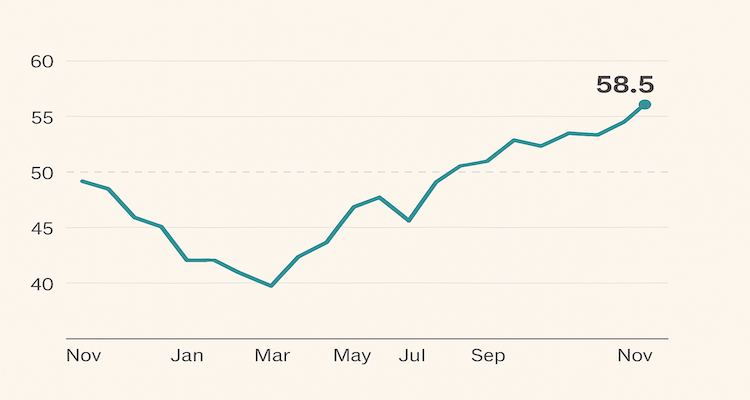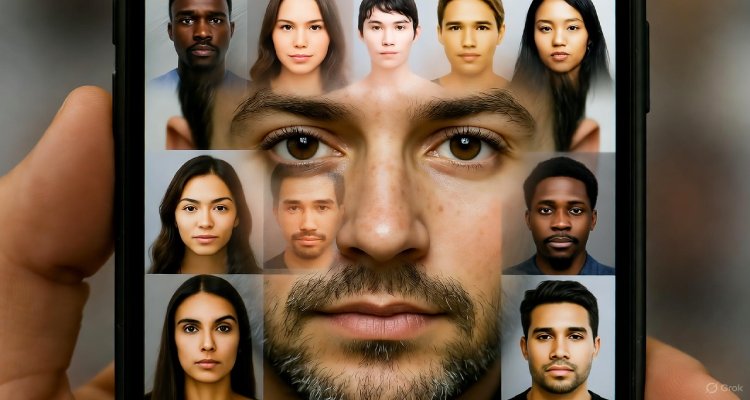The Apps That Think You’re Someone Else
As AI and algorithms increasingly shape our digital lives, mistaken identities are becoming a growing issue. Here’s how apps confuse who you are—and what it means for privacy and the future of technology.
Introduction: When the Algorithm Gets You Wrong
You open your favorite streaming app and it insists you’d love horror movies—even though you never watched one. Your social feed floods with content in a language you don’t speak. A rideshare driver calls you by another name, and facial recognition at an airport gate flags you as someone else entirely.
Welcome to the era of algorithmic misidentification—where the apps that know “everything” about you sometimes think you’re someone else. As artificial intelligence (AI) systems grow smarter, their mistakes grow stranger—and potentially more dangerous.
Context: How Digital Identity Became an Algorithmic Guess
Every app today builds a version of you—a “digital twin” made of clicks, searches, and behavioral data. Platforms like Netflix, Spotify, and TikTok rely on algorithms that predict your preferences, while banking, healthcare, and government systems increasingly depend on digital authentication.
But these systems aren’t infallible. AI models are trained on data that’s often incomplete, biased, or poorly labeled. When they make a wrong assumption—confusing one person for another—it can lead to digital mix-ups ranging from mildly amusing to life-altering.
Consider facial recognition errors. Studies by MIT Media Lab found that AI systems misidentify darker-skinned and female faces at significantly higher rates. Similarly, recommendation algorithms often mistake shared devices, cultural overlaps, or data leaks as proof of identity—treating one user’s habits as another’s.
Main Developments: When Apps Cross the Identity Line
Streaming and Shopping Gone Wrong
Recommendation engines are notorious for identity mix-ups. If you share a streaming account, your “digital self” becomes an algorithmic chimera—half you, half someone else. The same goes for shopping platforms like Amazon, where shared devices or accidental logins can permanently skew user profiles.
Facial Recognition and Biometric Failures
Facial recognition systems at airports, workplaces, and even smartphones have recorded growing incidents of “false positives.” In 2023, a man in Detroit was wrongfully arrested after facial recognition software matched him to a crime he didn’t commit—a chilling example of technology’s fallibility.
Social Media Identity Loops
Social media apps, driven by engagement metrics, sometimes confuse identity through network associations. You may suddenly see ads, content, or political messaging aimed at “someone like you”—not realizing that “you” is just an algorithmic assumption based on a mistaken cluster of data.
Expert Insight: Algorithms Don’t Understand Context
“Algorithms don’t see people—they see probabilities,” explains Dr. Emily Chen, an AI ethics researcher at Stanford University. “When data is fragmented or mislabeled, these systems guess. Sometimes they guess wrong, and that guess becomes your digital identity.”
Privacy advocates echo these concerns. “We’ve entered a phase where data defines identity more than the individual does,” says cybersecurity analyst Marcus J. Reed. “The problem isn’t just misidentification—it’s how hard it is to correct it once the system decides who you are.”
A growing body of research shows that algorithmic misidentification disproportionately affects marginalized groups, global users in non-Western contexts, and individuals with limited digital footprints. In other words, the less the system knows about you, the more likely it is to misread you.
Impact: When the Mistaken Identity Becomes Real
The consequences of digital mistaken identity are no longer just annoying—they can be severe.
- Financial risk: Wrongly linked transactions or flagged accounts can block payments or freeze assets.
- Social harm: People have reported receiving hate content or misinformation targeted to someone else’s demographics.
- Legal implications: Misidentification by surveillance systems has led to wrongful detentions and reputational damage.
Even subtle mistakes shape how we’re perceived online. Your “algorithmic self” may determine creditworthiness, insurance premiums, or job opportunities—often without you ever knowing the system got it wrong.
What’s Being Done—and What’s Next
Governments and tech companies are beginning to confront these errors. The European Union’s AI Act mandates transparency and accountability for systems using biometric identification. In the U.S., growing pressure is mounting for “algorithmic audits” to test fairness and accuracy before deployment.
Big tech firms are also refining personalization engines. Netflix, for instance, now allows separate profiles to minimize identity overlap, while Apple’s privacy labels let users track data usage. Yet, experts warn that technological fixes won’t solve the core issue: AI’s lack of human context.
Dr. Chen sums it up: “Until algorithms understand the ‘why’ behind behavior, they’ll keep mistaking data for identity.”
Conclusion: The Price of Being (Digitally) Misunderstood
As our lives migrate online, our identities are increasingly defined by invisible algorithms. The more data we generate, the more versions of “us” exist across platforms—each one slightly distorted by the biases of code.
Being misidentified by an app might seem trivial, but it raises a deeper question: who controls your digital self—the person you are, or the data that represents you?
In a world where algorithms watch, predict, and decide for us, perhaps the real challenge isn’t teaching machines to think like humans—it’s remembering that humans aren’t just data.
Disclaimer:This article is for informational purposes only and reflects general insights into AI and privacy trends. It does not constitute legal, technical, or professional advice.











